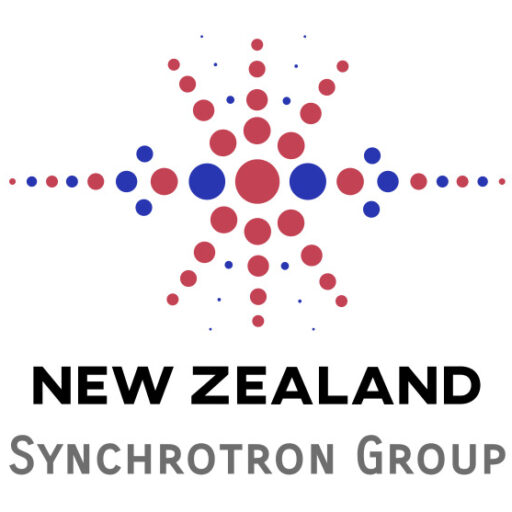A synchrotron produces extremely bright and focused light (or radiation) stretching from the infrared to hard x-ray region. This makes it a versatile facility that can be used for many different techniques. The intense flux means that researchers can study very small or dilute amounts of material, and to take measurements in a shorter amount of time than with conventional laboratory instruments. In many cases this means one is able to observe processes as they happen in real time.
Many of the everyday commodities we take for granted, from chocolate to cosmetics, from revolutionary drugs to surgical tools, have been improved or developed using synchrotron light. Synchrotron radiation can also be used to assist in understanding environmental issues, or the detection of trace elements, for example in forensic science. Synchrotron users vary from university and Crown researchers through to household companies and high-tech start-ups.
Previously, the closest major synchrotron facilities to New Zealand were Japan and California. With the building of the Australian Synchrotron in Melbourne, New Zealand has vastly improved access to a world class facility. Through an arrangement with ANSTO, scientists can apply for beamtime from a pool of beamtime set aside exclusively for New Zealand users whereas in the past they have had to apply at other facilities through a highly competitive process, which has made it difficult for new users to gain the necessary experience.



